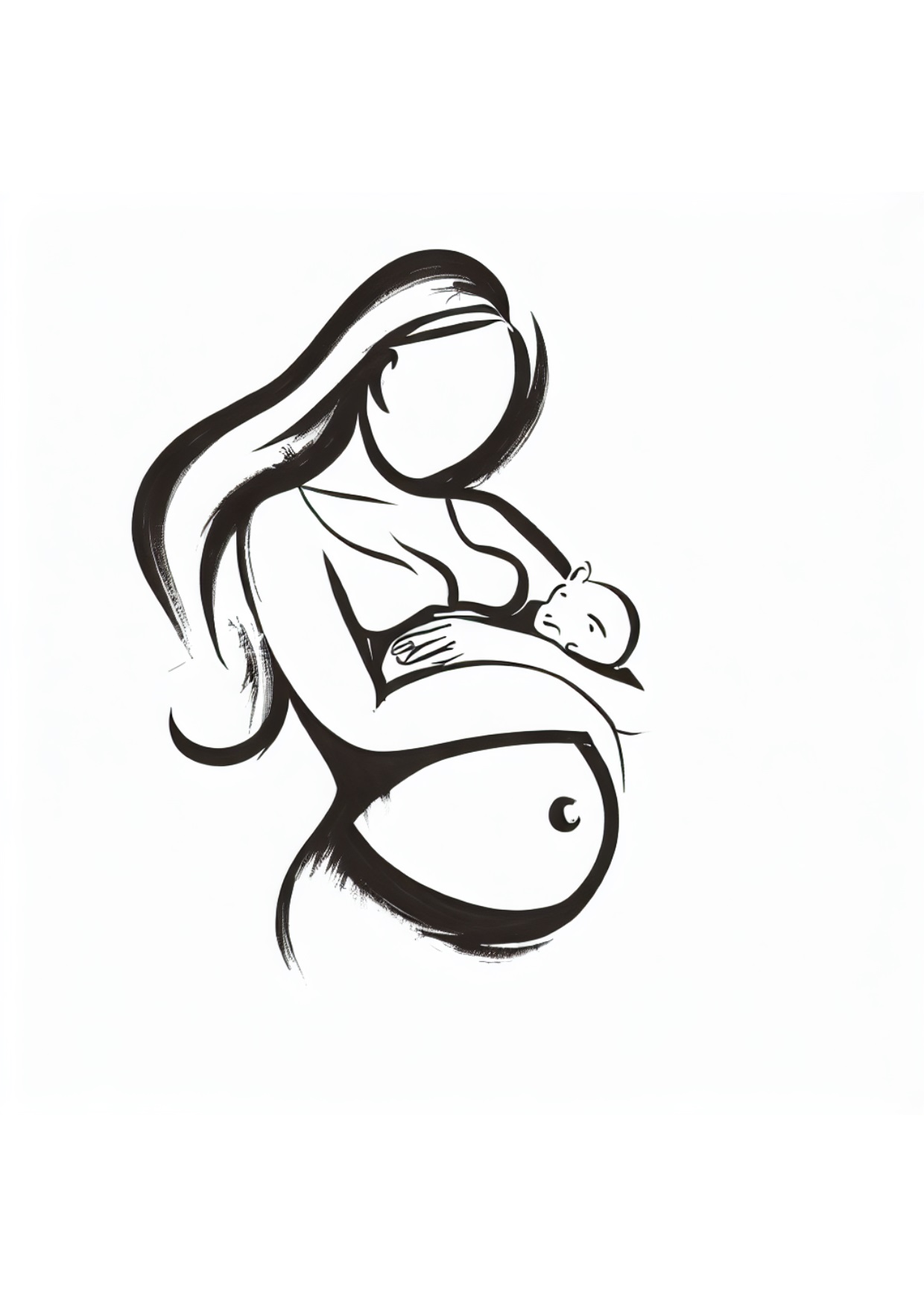How to do an Abdominal Separation self check?
- Julia Chepko
- Nov 3, 2024
- 2 min read
So once you have heard of Abdominal Separation (Diastasis Recti) you might start to feel anxious about it. "Do I have it? How will I know?"
There are a few signs that you might have it and you can also do a self check. The signs could be weak pelvic floor muscles, weak and instable core, or a real obvious one is bulging at your midline when squeezing your abdominal muscles.
Here is a short description about how can you check yourself for the abdominal separation.
Step 1
Lay on your back with your knees bent, feet on the floor, keep your legs close to each other.
Step 2
Lift your head and shoulders off the floor, tuck your chin to your chest.
Step 3
Keep this position while you press your index and middle finger along your midline to find any eventual gaps between the 2 sides. You start just below your sternum (breastbone), and move straight down until you reach your pubic bone.
Step 4
If you haven't find any gap, hallelujah! If you found something, don't panic! Turn your fingers across and check how wide the gap is. You can do this by checking how many of your fingers fit in the gap for reference.
Step 5
Once you've checked your tummy along it's whole length, you can rest your head back on the floor. Take note of the location (above, below or at the bellybutton), the width and the feel (tight or soft) of your abdominal separation.
Don't forget, the abdominal separation usually get's diagnosed at 2cm, while some practitioners use 3cm as a threshold.
Check this short video to see how to do this self check.
Remember, recovery from abdominal separation is a journey, and progress varies for everyone. That’s why I regularly check my clients' abdominal separation, ensuring exercises are effective and adjustments are made as needed. With consistent support, you can feel confident that you're on the right path to a stronger, healthier core.





Comments